What to plant in zones 1 and 2? An expert guide to what will grow well in these US hardiness zones
Discover how to choose the right plants for your yard if you live in US hardiness zones 1 and 2


Plants vary in their ability to survive the winter. Plants that thrive in the warmth of a tropical Florida will grow less well in cooler areas and will be killed in winter in Alaska. The trick is to know which are which - and this is where the US hardiness zones come in.
The USDA has split the country into 13 zones according to the average lowest winter temperature recorded at weather stations across the country in the ten years up to 2020. (The two very warmest zones cover very small areas and are usually omitted.) At the same time, the nation’s expert professional and home gardeners, and particularly the American Horticultural Society, have used their expertise to assign all the plants we grow in the United States and Canada (and farther afield) with a corresponding rating that instantly indicates the lowest winter temperature they will survive.
So, how do you know what to plant in zones 1 and 2? Here, we take a look at the plants that are specifically suited to growing in the coldest US hardiness zones.
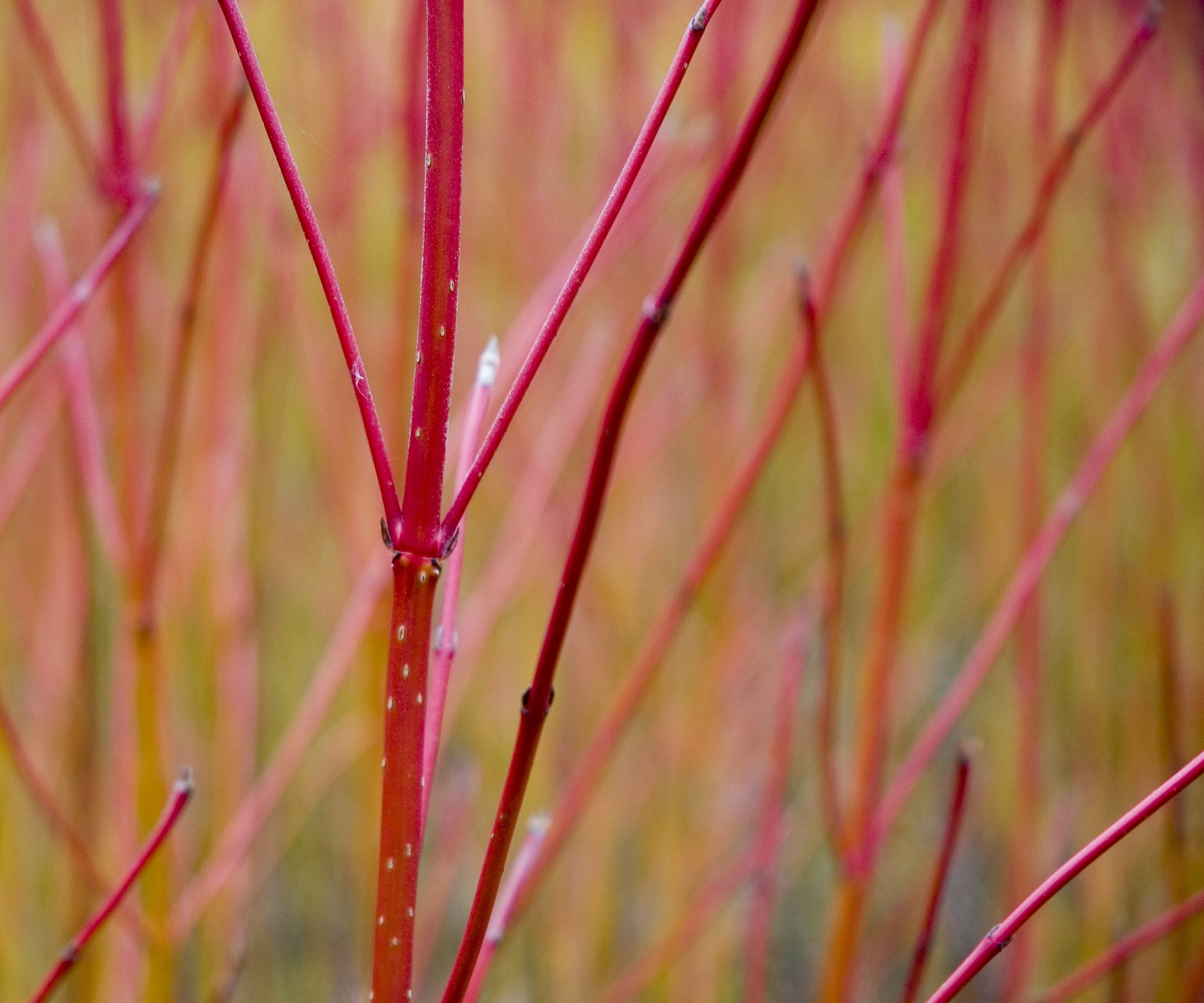
How to identify the best plants for your area
All you need to do is match your hardiness zone with the rating assigned to the plant. In some cases, the rating will apply to all the varieties of a particular plant, in other cases varieties may vary in their rating. The rating assigned to an individual variety will be shown on its tag, on websites, in catalogs, and on seed packets.
For additional accuracy, each zone is split into two subzones, zone 7a and 7b, for example, but this level of detail is not always needed.
The key point is this: Hardiness zones create a way for us to see quickly which plants will thrive in our yard. Without them, we’d be planting varieties in our gardens that have no hope of survival.
Choosing plants for zones 1 and 2
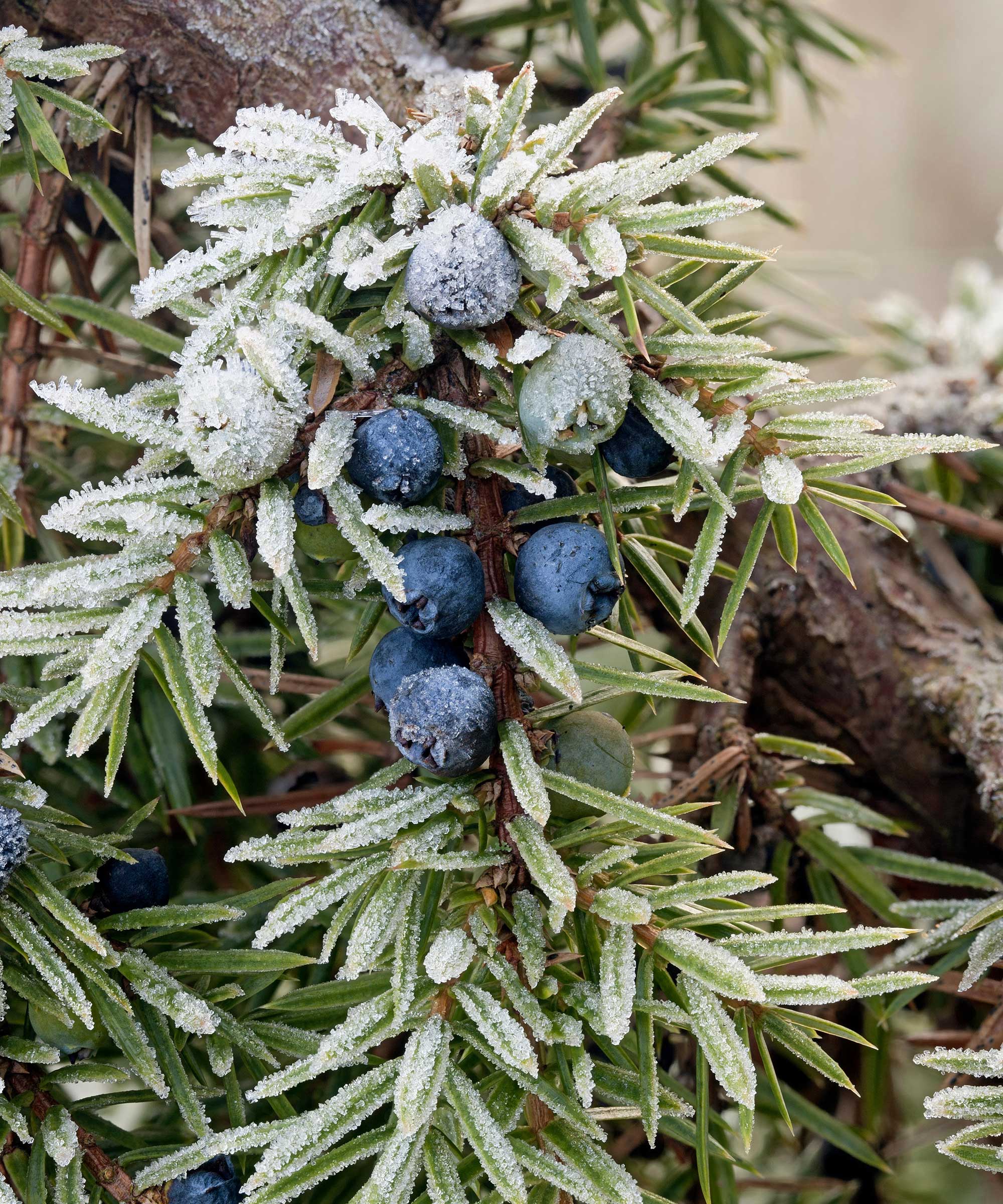
Zone 1 and zone 2 include the very coldest parts of the country, mainly in Alaska. Winter temperatures in Zone 1 fall, on average, to below -50F. Winter temperatures in zone 2 are between -50 to -40°F. Compared with warmer areas, there are relatively few plants that tolerate such hard winters although foundation plantings that benefit from the warmth and shelter of a house wall can often be treated as if in zone 3. Although, as our homes are insulated more effectively, this feature becomes less useful.
Design expertise in your inbox – from inspiring decorating ideas and beautiful celebrity homes to practical gardening advice and shopping round-ups.
Mulching in fall helps reduce the depth of ground that freezes in winter, using hoop houses and low tunnels in spring can advance the planting season for edibles. Starting seeds of edibles and annual flowers, or buying starts locally or by mail order, helps advance the spring growing season but spring growth of a wide variety of plants may need protection from frost using frost cloth or frost blankets (a non-woven fabric) or old bedsheets.
Plants rated as zone 1 will thrive in zone 2, and it’s always worth trying zone 2 plants in zone 1.
Deciduous trees

Paper birch (Betula papyrifera) A native birch with shining white, or sometimes pink-tinted, bark and bright yellow or orange fall foliage color. Zone 1.
Quaking aspen (Populus tremuloides) Often called Balsam poplar, for the sweet fragrance given off by the buds, its leaves flutter in a distinctive way and turn yellow in fall. Zone 1.
Native Mountain ash (Sorbus americana) White spring flowers, orange-red fall berries, yellow fall leaf color. Zone 2
Also try: Crab apple (Malus varieties) zone 2, White willow (Salix alba) Zone 2, Larch (Larix species). Zone 2.
Evergreen trees

Juniper (Juniperus communis) An invaluable needle evergreen, that comes in a wide variety of shapes and sizes from narrowly upright to low and spreading. Zone 2.
Eastern white pine (Pinus strobus) An elegant, widely planted, strong growing elegant native pine with long, slightly bluish needles. Zone 2.
Blue spruce (Picea pungens ‘Glauca’) Attractive stiff needles in shades of silvery blue, the trees come in a range of forms. Some are vigorous, some are neater and more compact. Zone 2.
Also try: Balsam Fir (Abies balsamea) Zone 2, Rocky mountain juniper (Juniperus scopulorum) Zone 2, Siberian pine (Pinus pumila) Zone 1.
Deciduous shrubs
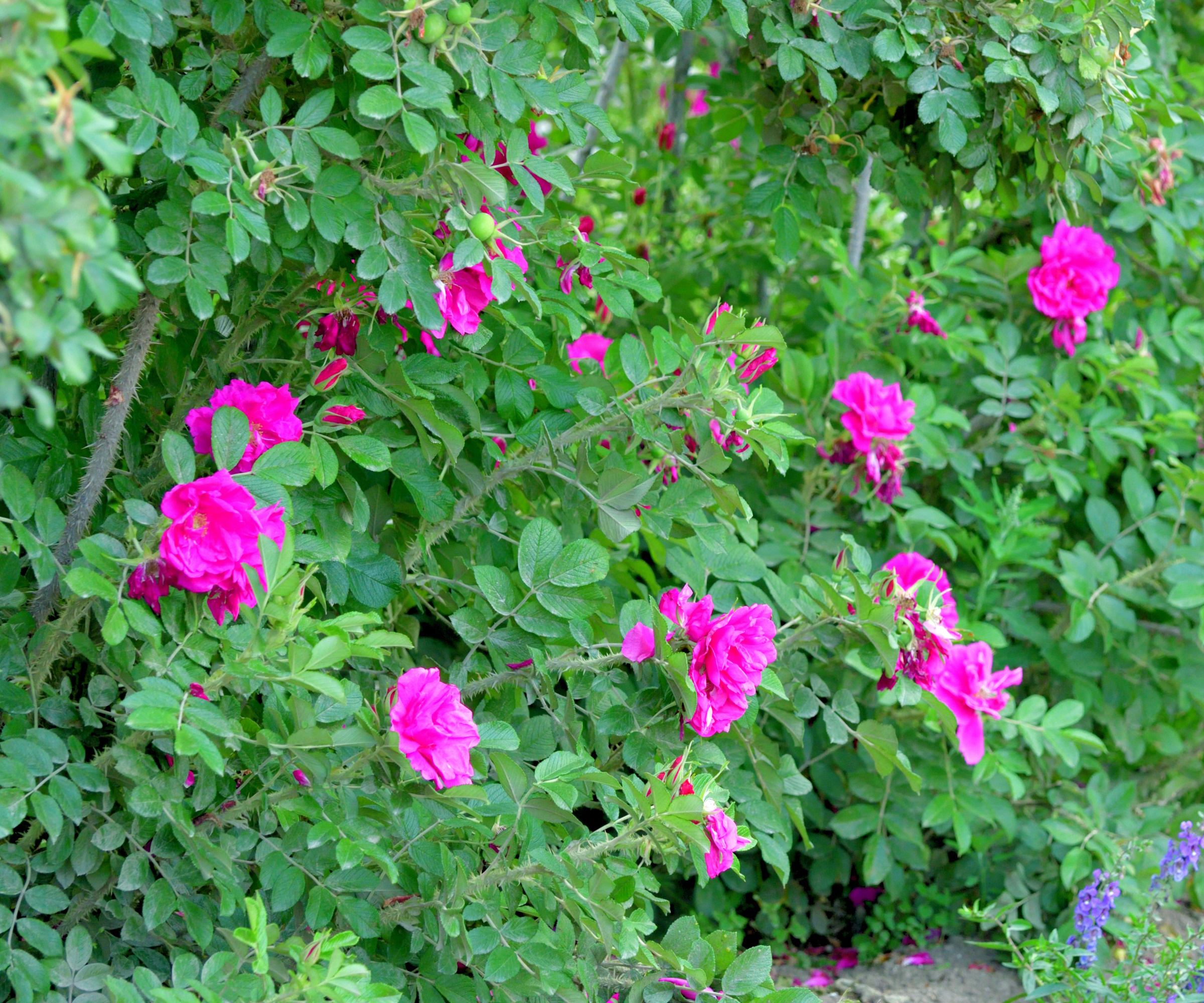
Red Osier Dogwood (Cornus sericea) Colorful and dependable, the winter twigs are yellow or orange or red, white berries follow clusters of white flowers and a few have attractive, variegated leaves. Zone 1.
Ninebark (Physocarpus opulifolius) Modern varieties of this bomb-proof native have bronze or golden foliage or leaves that change color as they mature. Carries clusters of blushed white spring flowers. Zone 2.
Rugosa rose (Rosa rugosa) Single or double flowers in red, pinks and white are followed by large showy red hips. Thorny, spreads steadily, thrives in poor soil and by the sea. Zone 2.
Also try: Tatarian dogwood (Cornus alba) Zone 1, Cinquefoil (Potentilla fruiticosa) Zone 2, Sand cherry (Prunus x cisterna) Zone 2.
Evergreen shrubs
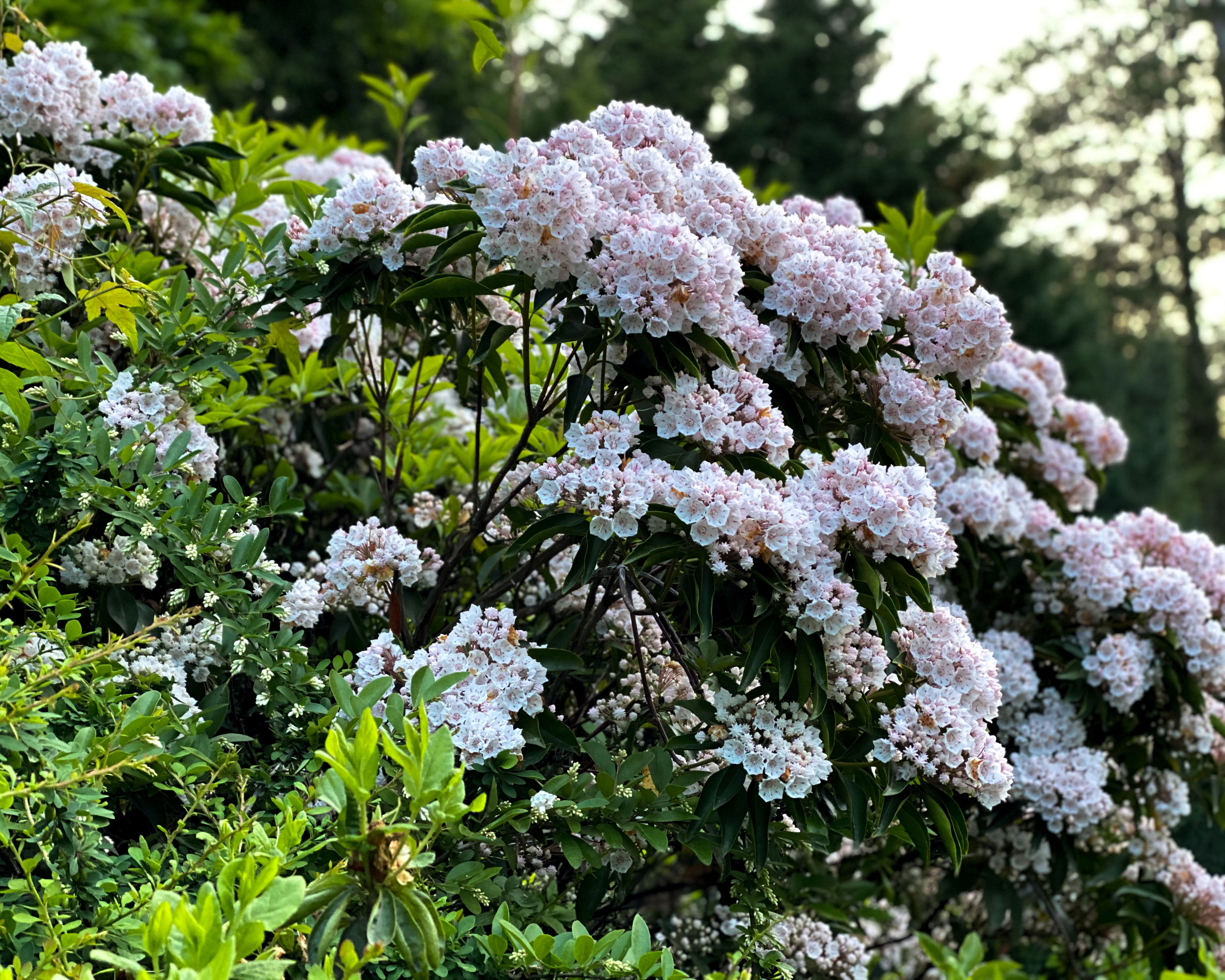
Mountain laurel (Kalmia latifolia) Spectacular clusters of red, white or bicolored early summer flowers, often featuring intricate color patterns. Ignore dwarf types which rarely create an impression in the coldest zones. Requires lime-free soil. Zone 1.
Mugo pine (Pinus mugo) Well-branched, adaptable shrub with both very dwarf and taller varieties available so be sure to check exactly what is offered. Zone 1.
Bearberry (Arctostaphylos uva-ursi) Shining, deep green leaves set off spring clusters of small, blushed white flowers followed by red berries. Insists on poor soil and good drainage. Zone 2.
Also try: Juniper (Juniperus varieties) Zone 2. Labrador tea (Rhododendron groenlandicum). Zone 1, Arborvitae (Thuya occidentalis varieties). Zone 2.
Ground Covers

Bearberry (Arctostaphylos uva-ursi) Dense, glossy foliage spreads steadily making attractive, low, widely spreading, enduring ground cover. Blushed white spring flowers. Zone 2.
Rock Soapwort (Saponaria ocymoides) Very low, creeping, mat-forming plant with five petalled pink spring flowers. Makes an effective spring flowering carpet. Zone 2.
Creeping phlox (Phlox subulata) Starry flowers in a wide range of colors and bicolors face upwards from a mass of fresh-looking neat green foliage. Makes a dense carpet in sun. Zone 2. You can find creeping phlox plants available at Nature Hills.
Also try: Maiden pink (Dianthus deltoids) Zone 2, junipers (spreading Juniperus communis varieties such as this one at Nature Hills) Zone 2, Siberian cypress (Microbiota decussata, spreading varieties) Zone 2.
Perennials

Yarrow (Achillea) Feathery foliage, topped with flat summer heads of tiny flowers in many bright, pastel and fruity shades. Spreads steadily, good for cutting and drying. Zone 1.
Lily-of-the-valley (Convallaria) Richly scented, arching sprays of dainty white bells are set against broad, dark foliage. Exceptionally elegant, spreads steadily but never a nuisance. Zone 2.
Eryngo (Eryngium alpinum) Steely blue, bristly flower heads with spiny ruffs and white-veined leaves. Like a very elegant and high class thistle.
Also try: Columbine (Aquilegia), with seeds available from True Leaf Market, Zone 2, Cushion Spurge (Euphorbia polychroma) Zone 2, Daylily (Hemerocallis) Zone 2.
Spring Bulbs

Snowdrop (Galanthus) Very appealing, dwarf, clump-forming plants, the nodding white flowers feature three teardrop petals. Usually the first flower of spring, spreads steadily. Zone 2.
Daffodils (Narcissus) Reliable spring bulbs, bursting into flower as soon as the thaw comes. Consider varieties with white, pink, or orange flowers as well as the familiar yellow. Zone 2.
Squill (Scilla) Short, steadily spreading clumps feature dainty, rich blue flowers with white markings and open early in spring. Good as companions for other spring flowering bulbs. Zone 2.
Also try: Glory of the snow (Chionodoxa) Zone 2. Crocuses (Crocus) Zone 2. Winter aconite (Eranthis). Zone 2.
Native shrubs
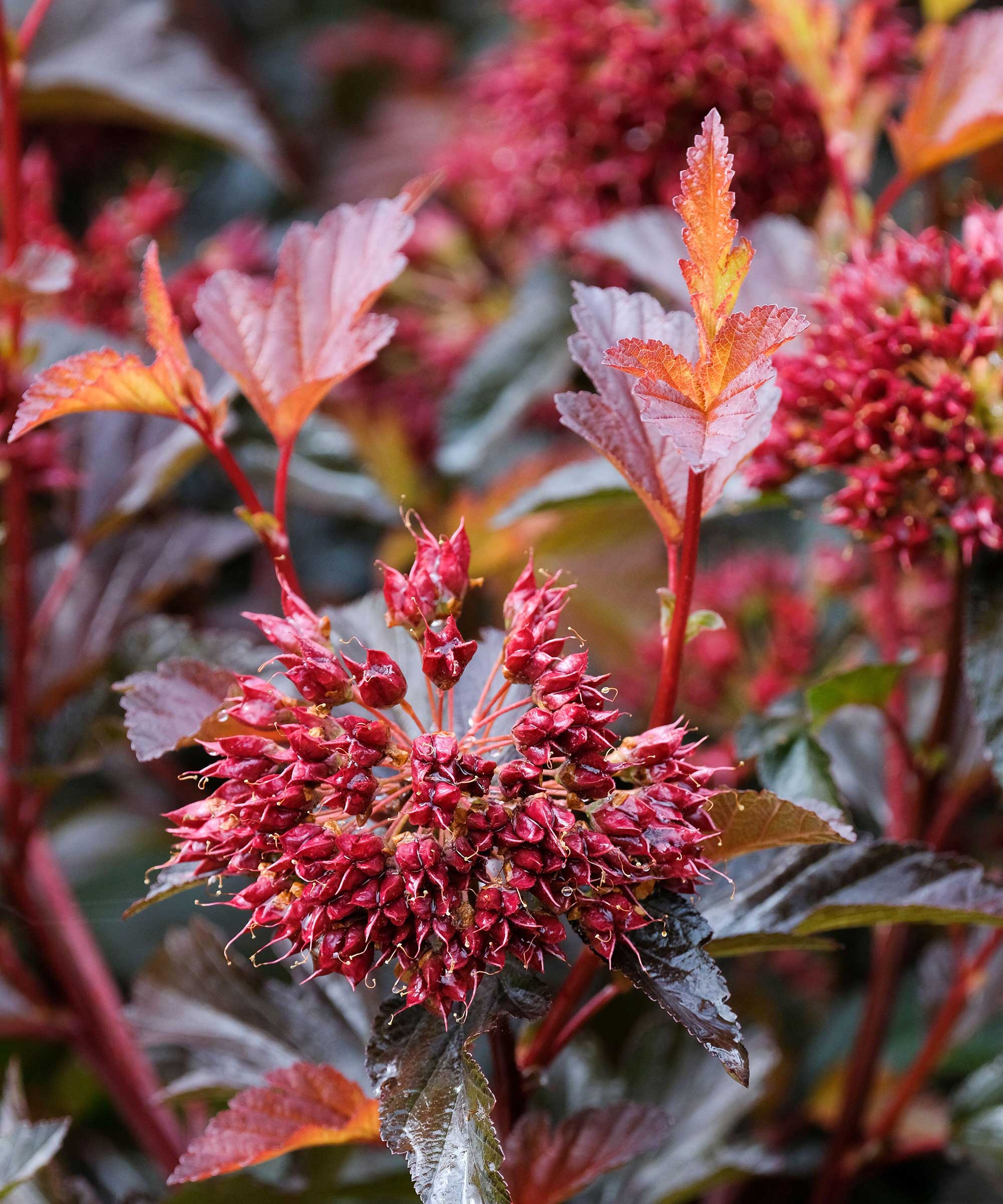
Juniper (Juniperus virginiana) Tough, adaptable, the rich green summer needles take on rusty tones in fall. Choose varieties according to height and spread. Succeeds when almost everything else fails. Zone 2.
Coralberry (Symphoricarpos orbiculatus) Tolerant of most bright conditions, the clusters of small white summer flowers mature to long-lasting purplish fruits. Zone 2.
Arrowwood viburnum (Viburnum dentatum) An invaluable shrub with flat heads of white spring flowers followed by clusters of black, or bluish, berries plus fiery fall leaf color. Zone 2.
Also try: Serviceberry (Amelanchier alnifolia) Zone 2, ninebark (Physocarpus opulifolius) Zone 2, American cranberrybush (Viburnum opulus var. americanum) Zone 2.
Native perennials
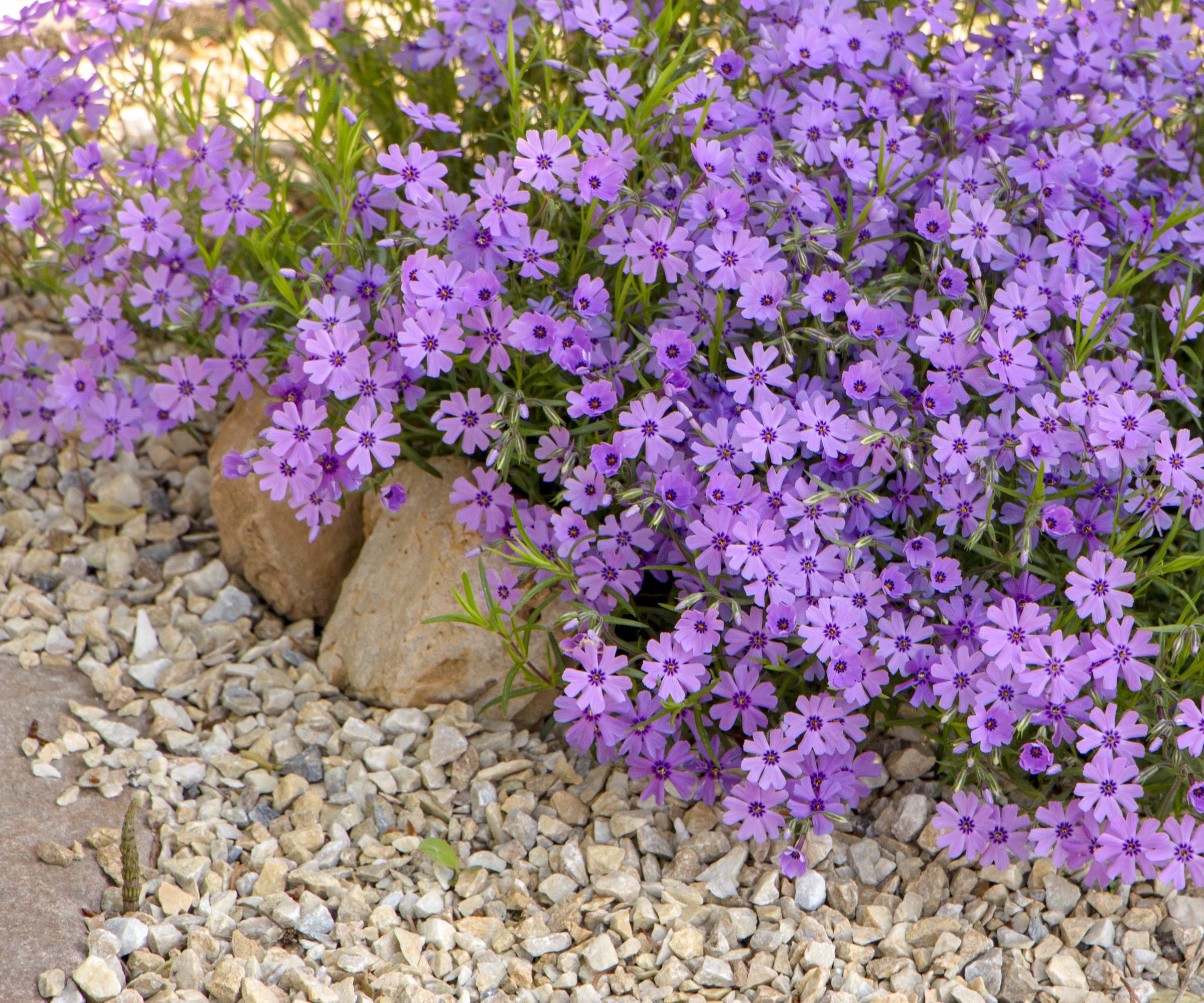
Ostrich fern (Matteuccia struthiopteris) This bold and impressive fern develops from fiddleheads in the crown to a large and impressive plant. Insists on damp conditions, where it spreads steadily. Zone 2.
Creeping phlox (Phlox subulata) Dense mats of short slender leaves create an excellent weed-smothering carpet to show off the upward facing flowers in white, pinks, mauves, red and bicolors. Zone 2.
Goldenrod (Solidago) Familiar spikes of tiny yellow summer flowers, often in elegantly arching sprays, attract many insects and do not (as is sometimes said) cause allergies. Zone 2.
Also try: Yellow giant hyssop (Agastache nepetoides) Zone 2, Fleabane (Erigeron varieties) Zone 2, Prairie blue-eyed grass (Sisyrinchium campestre) Zone 2.
Annuals
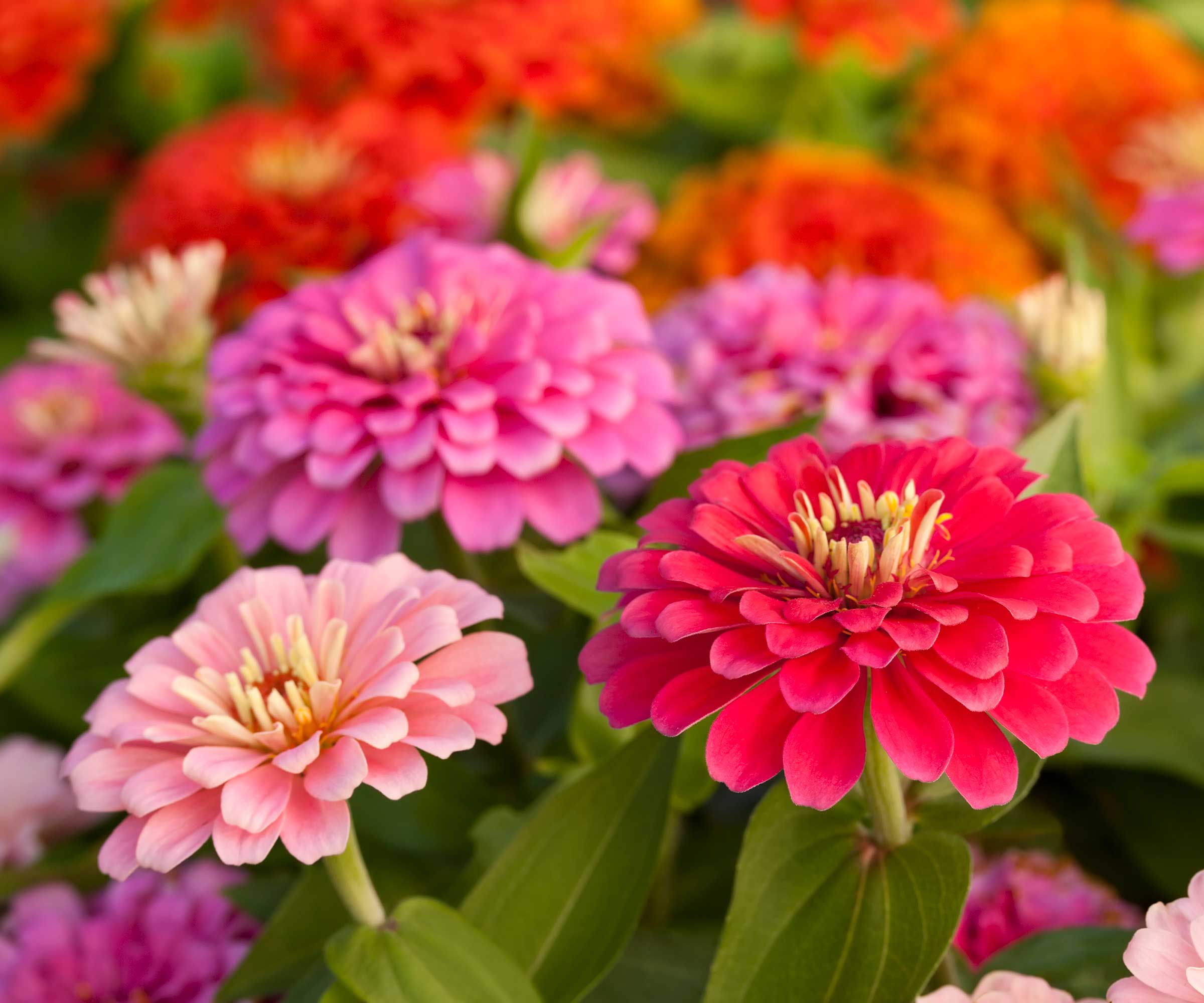
Alyssum (Lobularia maritima) Low and creeping, heads of white flowers – or pink, cream or purple – cover the plants over many moths. Quick growing, some are scented. Zone 2.
Love-Lies-Bleeding (Amaranthus caudatus) Grows quickly, so develops well in short summers, with long purplish pendulous strings of branched trails. Dramatic. Zone 2.
Zinnia (Zinnia Zahara Series) Grows quickly and flowers early with single or double daisy flowers in bright colors. Neat, and prolific and good in containers. Zone 2. Zinnia seeds are available to order from True Leaf Market.
Also try: Orache (Atriplex hortensis) (Zone 2), Borage (Borago officinalis) Zone 2, English marigold (Calendula officinalis) Zone 2.
Vegetables
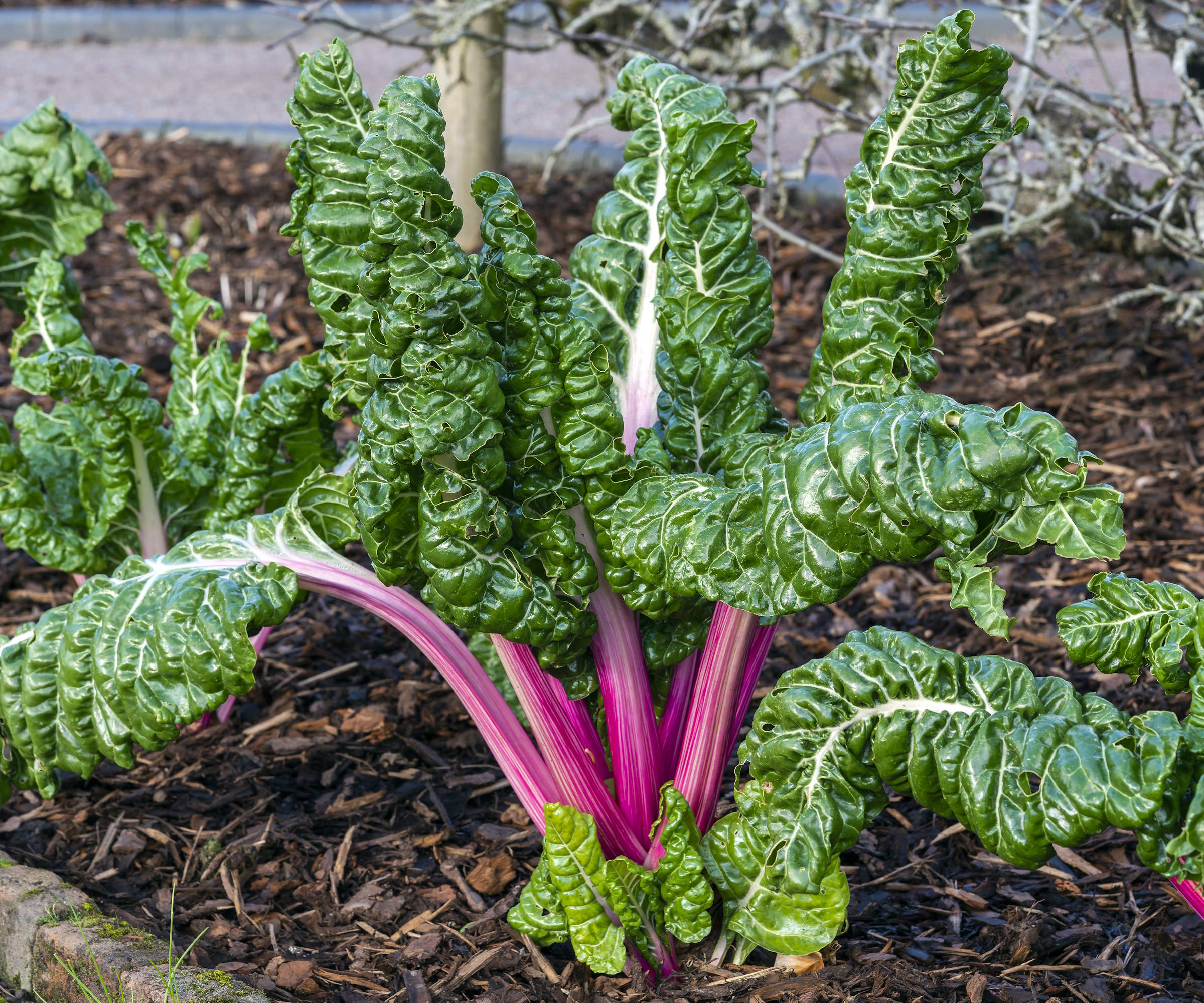
Beetroot Matures quickly to a tender golf-ball size, or can be allowed to reach tennis-ball size or larger although larger roots can be woody. Zone 1.
Cut-and-come-again salads Lettuce, spinach, chard, kale, rocket and more are ready to cut just a few short weeks after sowing, then sprout again for another crop. A case where a low hoop tunnel can be very useful. Zone 1.
Chard Comes in a range of stem colors, the baby leaves are very tasty in salads, the larger leaves and stems are best steamed separately Zone 2.
Also try: Radishes Zone 1, turnips Zone 2, summer squash Zone 2.
Fruits

Apples Get advice on good local varieties of both eating and cooking apples and look out for varieties that have been specially developed for the coldest zones . Zone 1.
Blackberries Look for locally popular varieties as some are more suited to Zone 2 than others. Annual pruning encourages the best crop. Zone 2.
Plums Again, check with local suppliers, with your extension service and with neighbors to find the best varieties for your area. Zone 2.
Also try: Haksap (honeyberry) Zone 2, Chokeberries Zone 2, Raspberries Zone 1.
For further inspiration on how to grow vegetables in zones 1 and 2, you might like to read our guides to growing chard and growing beets.

Graham Rice is a garden writer who has won awards for his work online, and in books and magazines, on both sides of the Atlantic. He is a member of a number of Royal Horticultural Society committees and the recipient of the 2021 Garden Media Guild Lifetime Achievement Award. He gardened in Pennsylvania for 20 years, but has recently returned to his native England.